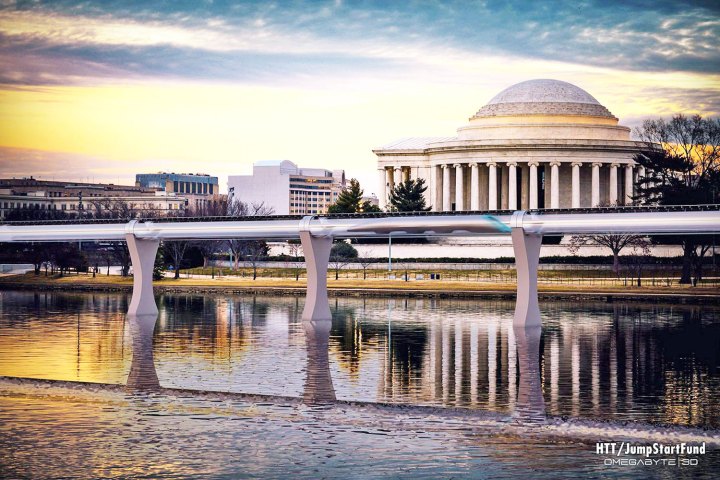
“We are not the train, we are not the car, we are not the plane,” said Bibop Gresta, chief executive of Hyperloop Transportation Technologies, one of several companies racing to build a prototype. Rob Lloyd, who leads Hyperloop One, echoed these sentiments, calling the Hyperloop “a new mode of transportation.”
The competitors were able to compare notes this week when they both attended the InnoTrans, the world’s largest rail transport industry trade fair. And it looks like 2020 may just be the year when the seemingly antiquated railroad takes on the airlines once again as the most efficient way to get from Point A to Point B. How efficient? As per Elon Musk’s initial estimates, the trip between Los Angeles and San Francisco via Hyperloop could take as little as 30 minutes — it’s currently an hour-long plane ride and a six-hour drive.
To give consumers a sneak peek at what a Hyperloop future might look like, Hyperloop Transportation Technologies brought virtual reality into play. Interested parties were equipped with headsets that allowed them to sit down in a sun-filled cabin with views of a landscape whizzing by at speeds of up to 1220 kilometers (around 758 miles) per hour. Sadly, there’s no representation yet of just what being in a Hyperloop will actually feel like, though it’s said that the electric engines that will power the pods will create forces that feel very similar to those from a plane’s acceleration.
So while you’ll need to be patient for a bit longer, it looks like the Hyperloop is one big idea that just might have a big payoff.


